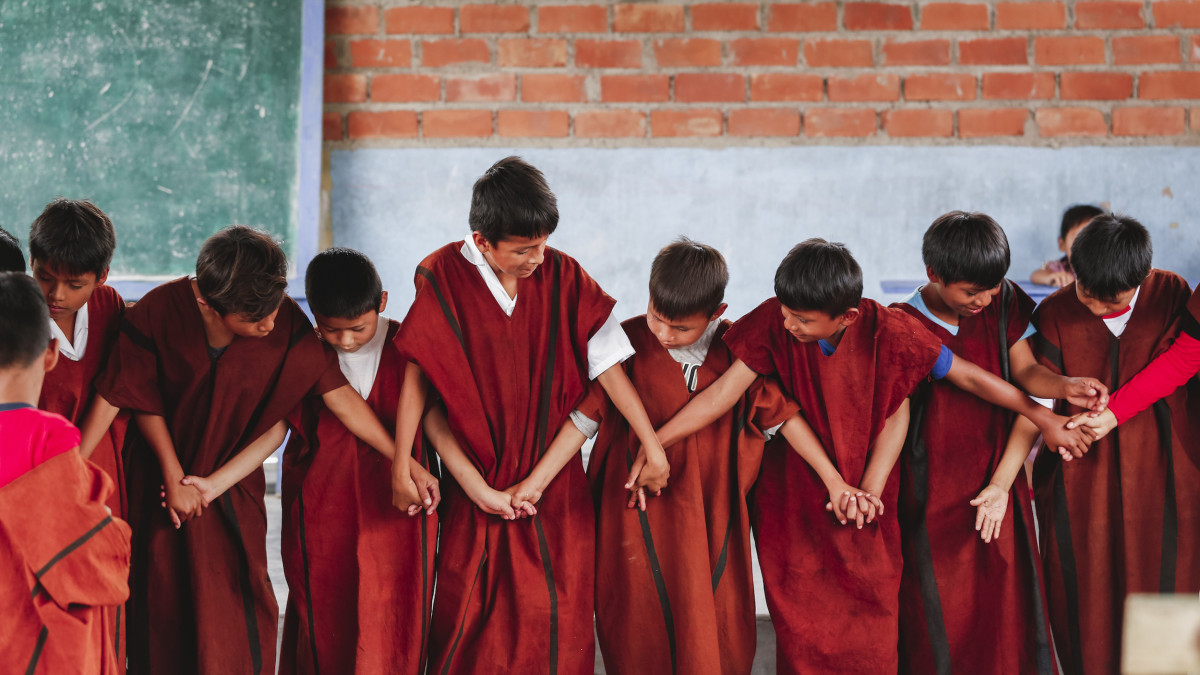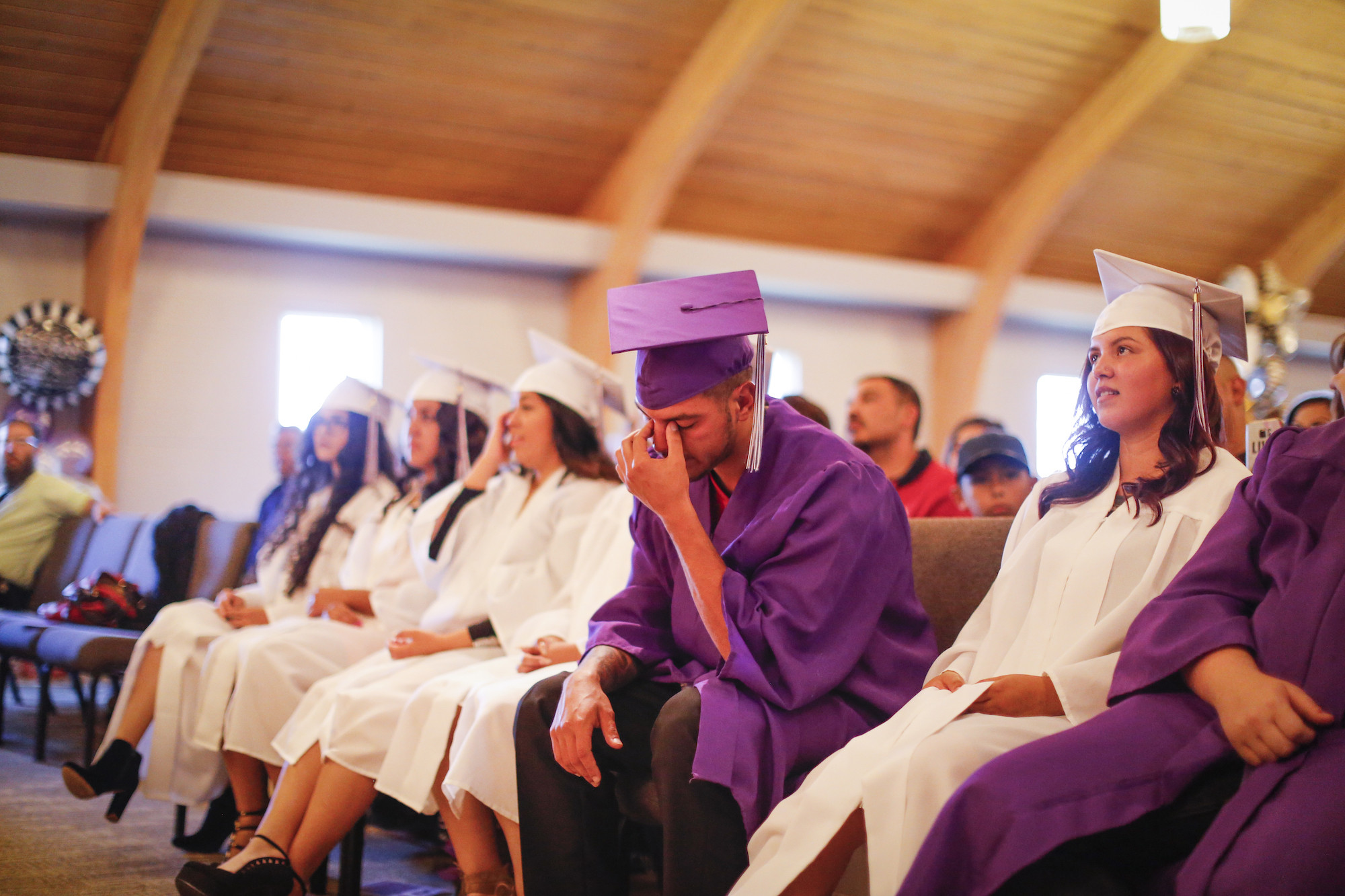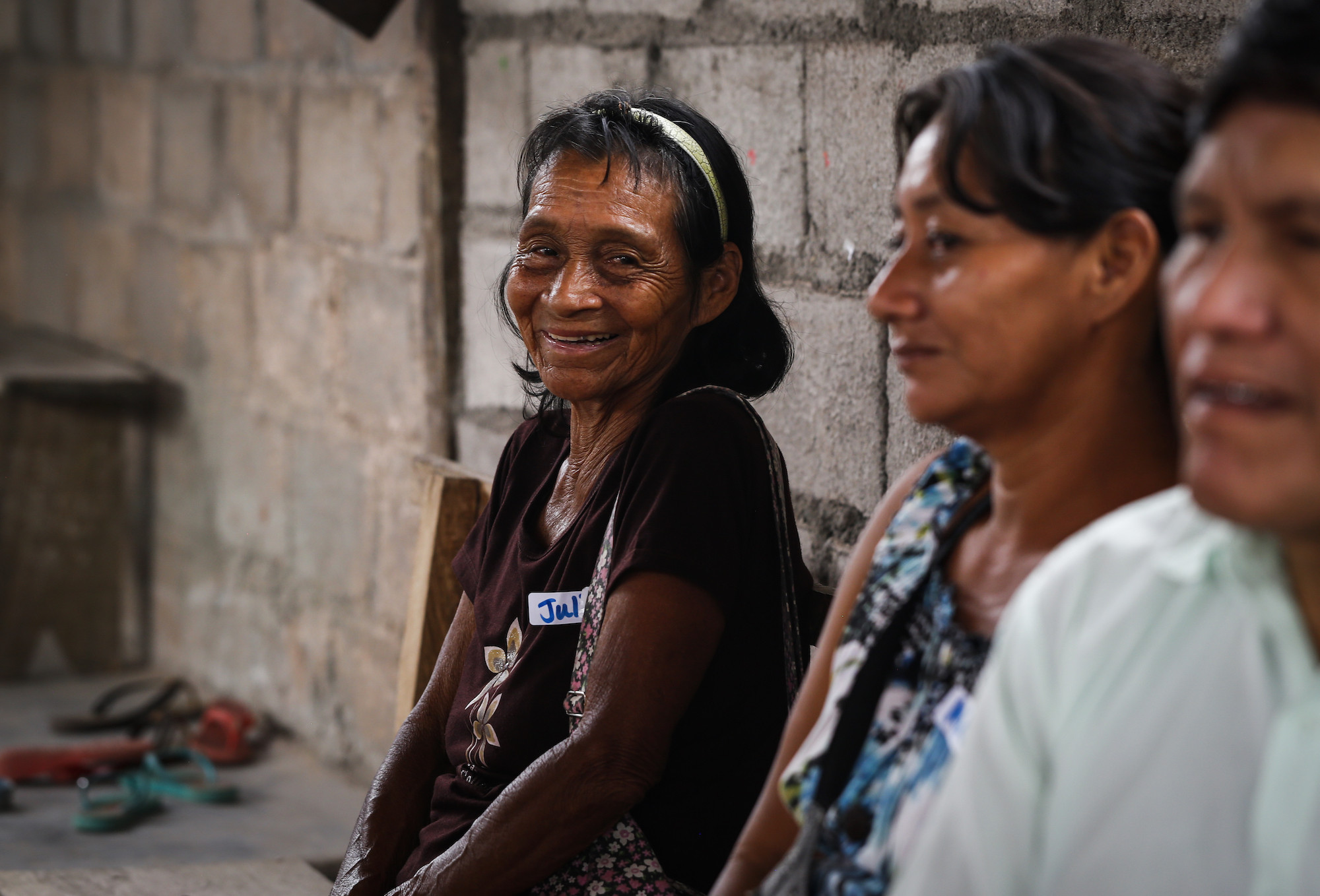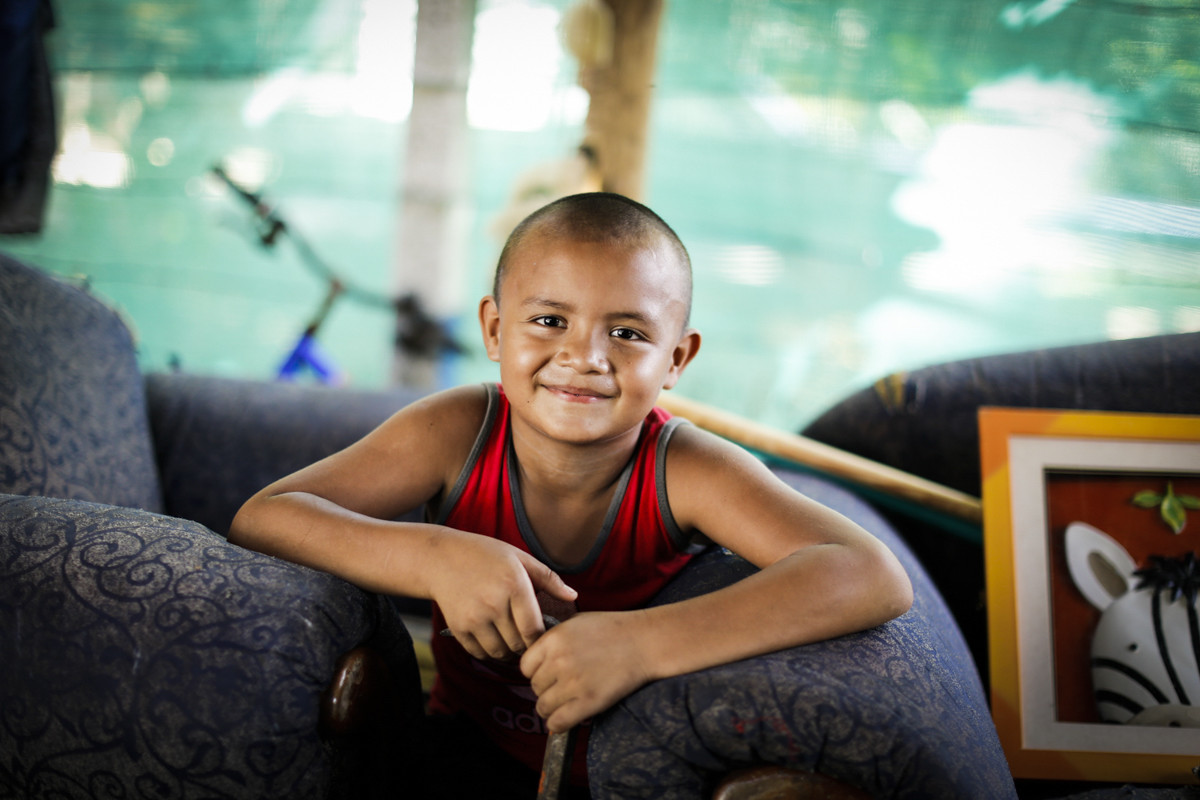How to Tell Stories That Honor God and His Children
Pursuing the call to ethical storytelling in missions and ministry

As a child, I spent hours poring over my mother’s stacks of National Geographic magazines. I was filled with the desire to go to all of those places: to see rickshaws in Southeast Asia and taste exotic food and meet indigenous tribes in the Sahara Desert and along the Amazon River. As I entered high school, not only did I want to go and see, but I also wanted to capture and tell.
My first experience overseas was as an 18-year-old on a six-month trip. The first three months were spent in an intensive Bible school, deep in the sheep-dotted hills of the New Zealand countryside.
The other three months were spent in northern Thailand working in a children’s home that was set up as a boarding school to prevent human trafficking. It was my first introduction to the concept, as “human trafficking” was not yet a commonly used or widely understood term in the United States.
In addition to teaching English and helping with construction projects, my group of 18- to 23-year-olds also helped by making a promotional video to be shown to potential partner churches. I remember vividly how we chose to play sad music and show the children’s dirty faces; our video painted a picture of desolation. At that time, I thought, “This must be the way to get funding: You have to make people feel bad. If we can get people to cry, then they will write bigger checks.”
Honestly, this emotionally manipulative approach is what I had grown up seeing on television—playing on the “guilt” culture that seems pervasive in America. If you get people to feel bad enough, they will act how we want them to. It’s how all the child sponsorship commercials of the 1990s worked and how the Humane Society got all of their dogs adopted. I assumed this was the way to tell the stories of people in need; every other charity and ministry seemed to be following this rather manipulative model.
A different way to tell stories
Fast-forward several years, to my life right in the middle of art school. I found myself working alongside an inner-city ministry in Denver on the first documentary project of my own.
The ministry was called the Denver Street School, a privately funded Christian alternative high school for kids from difficult backgrounds and in difficult circumstances. Many faced gangs, drugs, pregnancy or abusive homes. Many bounced around the foster care system, and many others had been in and out of prison before their 18th birthdays. The school offered these students a clean slate and a chance to complete their education and decide on a different future for themselves.
As I learned more about the ministry and met the teachers and administrators who acted far more like parents than mere educators, I was ready to help tell the stories of the Street School. I came in with the attitude I’d been programmed with: manipulate people’s emotions to get support.

But then I started to interview some of the students. These were young people who tried to present a tough exterior, but they were really just kids who badly needed to be loved. They had either had their dignity stripped away by force or had given it up by bad choices, and they were doing everything they could to start over. They called me just “Miss,” and they started to share their hearts with me. They told me how this school, their teachers and their classmates were more like family than many of their own families had ever been. They were learning what it looked like to love one another, to consider the needs of others, to persevere through difficult things and to overcome their pasts.
A moment of truth struck me as I listened to them. Something shifted within me, and I truly wanted to hear their hearts and their still fragile hopes and dreams. I realized that I wanted to celebrate the beauty of their lives with their stories. These young people were human beings, made in God’s image, and I wanted to tell their stories in a way that celebrated redemption rather than manipulated people to feel sorry for them.
What does it mean to share stories ethically?
“Ethical storytelling” has become a catchphrase in photojournalism in the past few years, especially in missions and non-profit organizations. For too long, our storytelling techniques were left unquestioned and unchecked. Photos, videos, articles and blog posts were often created to show the misery of the people without us and how grateful they were for our presence.

It is my current job to make short documentary films for our ReachGlobal missionaries in the Latin American region as well as a few other locations. Telling stories—through photos, interviews, words and moving pictures—is what consumes nearly all of my time. But telling them well—with honesty and with the proper motives—must be kept at the forefront of my mind at all times.
When I think about the stories that I am privileged to tell, I think through a series of questions that help guide me toward more God-honoring and people-honoring storytelling.
- Does the way I’m telling this story honor the dignity that God gives to each human being?
- Does this story celebrate Him? Does it preserve the worth and value He speaks over each of His creatures?
- Do I look at the people I am writing about or photographing as projects or as brothers and sisters and co-heirs of the kingdom?
- In my storytelling, am I speaking truths without shaming my brother or sister?
- How do I share of his or her need and hurt and story, while also preserving his or her dignity?
- If others in his community were to see this and hear his story, would it bring shame to them? Or would it make them feel hopeful?
- Am I telling a story to manipulate the emotions of my viewers, or am I being honest and clear?
- Have I processed my own biases and emotions first, or am I putting them into the story as well?
- Am I seeking to glorify God and to capture His justice, compassion and mercy? Or am I seeking to make myself and my work better known?
Honoring God’s image in other people
Along with these guiding questions, I’ve found that taking simple steps in storytelling can go a long way to honor God’s image in His children.
For example, how do I feel when someone walks up and takes my photo without asking my permission? Not great. I feel annoyed or like I’ve become a spectacle. I shouldn’t think that anyone else, regardless of their background or situation, would feel differently. The simple act of asking permission to take a photo or share a story is huge. Dignify people with this kind of gentle respect. Sit and listen to someone’s heart after taking their photo. In this way, we can demonstrate the love of Christ.

Whether you’re in the missions field like me or whether you volunteer at a community ministry through your church, these God-honoring approaches to storytelling can have a profound effect on our witness. So whether you’re putting together a slideshow for a worship service, compiling the church newsletter or writing captions for your Instagram photos, I’d encourage us all to think through these questions.
In a world saturated with “fake news,” photoshopped images and stories that prop up egos and celebrity, the children of God need to rise to a far higher standard. Joy is a far greater motivation than guilt. Telling stories with joy, truth and love is far more effective and an exceedingly beautiful witness of the freedom offered to us in Christ.
Psalm 107:2 joyfully declares, “Let the redeemed of the Lord tell their story!” There is wonderful power and beauty in sharing what we see and in testifying to what God is doing among the people He is redeeming. As children of God, lovingly adopted and accepted into a family by our Abba Father, we ought to consider others in this light before we speak about them. Our stories are all intertwined and all part of His story. The overarching theme of that story is of His love for all of His creation.
Send a Response
Share your thoughts with the author.